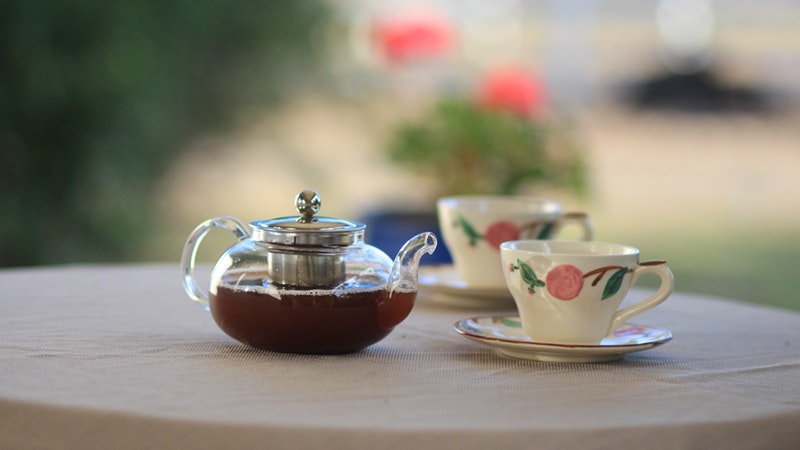What Is Tea?
Episode #1 of the course The science of tea by Lukasz J. Binkowski
Welcome to the course!
My name is Lukasz, and I’m a great fan of tea. Over the next ten days, I will be introducing you to the world of tea. You will learn what tea is and why we should drink it. I will discuss the medical evidence linking tea with good health, and we will also cover the main types of tea and the right way to brew it. Today, we’ll talk about the basics.
What Do Numbers Say?
Tea is the most often consumed beverage, amounting to almost 21% of the estimated 231 liters of beverage drunk per capita per year, followed by bottled water (15%), milk (13%), and carbonated soft drinks (12%). Coffee consumption is significantly lower at 8% (according to the report, “World Consumption of Beverages,” in The Orange Juice Business).
Tea is produced by more than 30 countries. The estimated tea production was 5.9 million tons in 2016, which is a significant increase on the 3.9 million tons produced in 2005. Most tea is produced in China (40.6% of global production), followed by India (21.0%), Kenya (7.9%), Sri Lanka (previously known as Ceylon, 5.9%), Turkey (4.1%), Vietnam (4.0%), and Indonesia (2.4%) (according to the Food and Agriculture Organization).
So, What Is Tea?
Tea is most often drunk as hot infusion. The way we prepare the infusion depends on the type of tea and the meal we have in mind. However, whether we drink tea hot, cold, or as an iced infusion, it is prepared from tea leaves. They do not always come in the form of leaves, but frequently, in the form of granules or powder (usually in tea bags). The leaves come from the plant, Camellia sinensis, an evergreen shrub native to East Asia, the Indian subcontinent, and Southeast Asia. Due to the popularity of the tea infusion, the tea shrub (or tea plant) is now cultivated across the tropical and subtropical regions of the world.
The tea shrub is sometimes known as a tree, since it may reach over a dozen meters in height, but in plantations, it is usually trimmed to 2 m. The lanceolate or obovate leaves grow alternate up to 30 cm but usually range between 4 cm and 15 cm in length and between 2 cm and 7 cm in width. They are pubescent but sometimes become glabrous, serrated, acute, or acuminate.
Once the leaves are picked, they need to be prepared before being used to make tea. This preparation is critical and determines the type of tea, e.g., black, green, white, or oolong. They all come from the tea plant but differ due to their different drying, oxidation, and post-processing techniques. We will discuss in detail all the common drying techniques over the next lessons.
Infusions prepared from other plants, such as rooibos, yerba mate, and many other fruit infusions, are customarily called teas, but they are completely different from the original tea brewed from Camellia sinensis.
Tomorrow, we’ll talk about the history of tea and its place in the world and look at why some countries drink tea and others, coffee.
Talk soon,
Lukasz
Recommended book
Share with friends

